Introduction
Vision Pro is an innovative new device that promises to revolutionize vision care. As an AI-powered smart glass, Vision Pro aims to provide personalized vision augmentation and analysis. With advanced computer vision capabilities, the device can potentially correct vision, monitor eye health, and more.
A key question that arises is – can Vision Pro connect to PC? Getting Vision Pro to interface with a computer opens up additional functionality and customization options. In this blog post, we’ll dive into whether and how Vision Pro can connect to a desktop or laptop.
How Vision Pro Works?
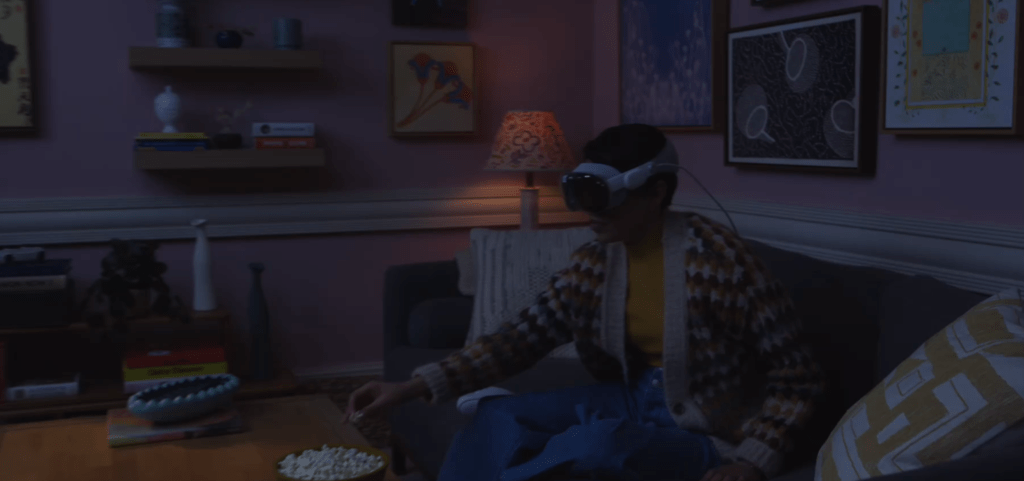
Before addressing PC connectivity, it helps to understand what Vision Pro is and how it functions. Vision Pro contains tiny projectors that display digital images directly into the user’s eyes. Using waveguide technology, these projectors overlay computer-generated graphics onto real-world views.
Embedded sensors track eye movements and shifts in the environment. An on-device processor then adapts the projected graphics accordingly in real-time. This creates an augmented reality effect tailored to the user’s context and needs.
The smart glasses connect to a companion app on the user’s smartphone. This app acts as the primary control interface. It’s used to customize settings, install apps, and more.
The app also enables installing prescription packages. These prescription packages calibrate the device’s vision correction and analysis capabilities to match the user’s health profile and needs.
So in summary, Vision Pro leverages a wearable display with augmented reality graphics controlled through a connected smartphone app.
Can Vision Pro Connect to PC?
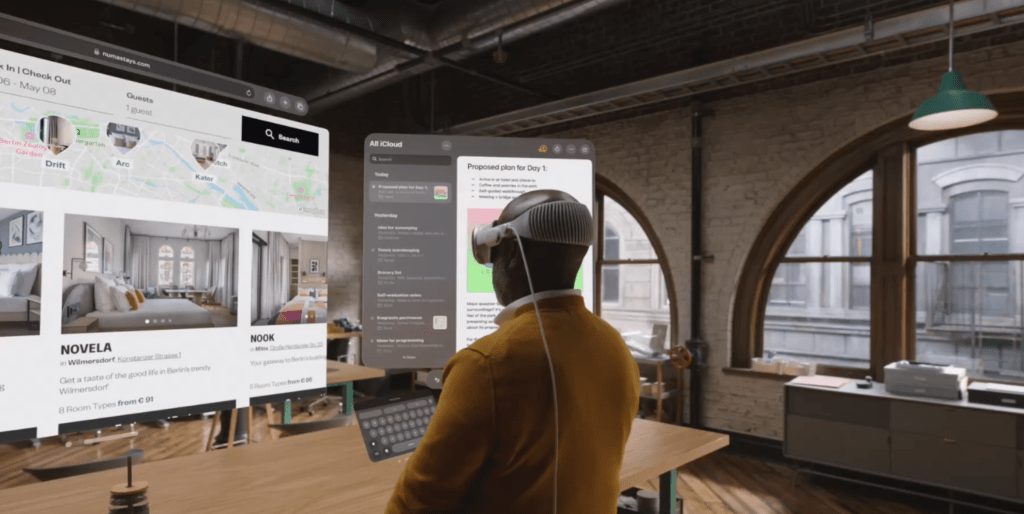
Given its self-contained design around smartphones, why Can Vision Pro Connect to PC?
There are a few potential advantages, including:
More power and storage for additional apps: Smartphones have limited processing power and storage. Connecting Vision Pro to a PC allows running bigger programs.
Larger display real estate for customization: Adjusting settings and configurations may be easier with a large monitor and keyboard.
Easier prescription and health data syncing: Syncing Vision Pro capabilities with doctor’s prescriptions and health records may require PC tethering.
Comfort of familiar environments: People accustomed to PC workflows may find it easier to manage the device through their computer.
Development work: Building new Vision Pro apps is best suited for PCs with programming tools installed.
These reasons make clear the expanded capabilities possible through PC connectivity. So how exactly can Vision Pro pair with a desktop or laptop? Let’s take a look at the options.
Wired Connectivity Options
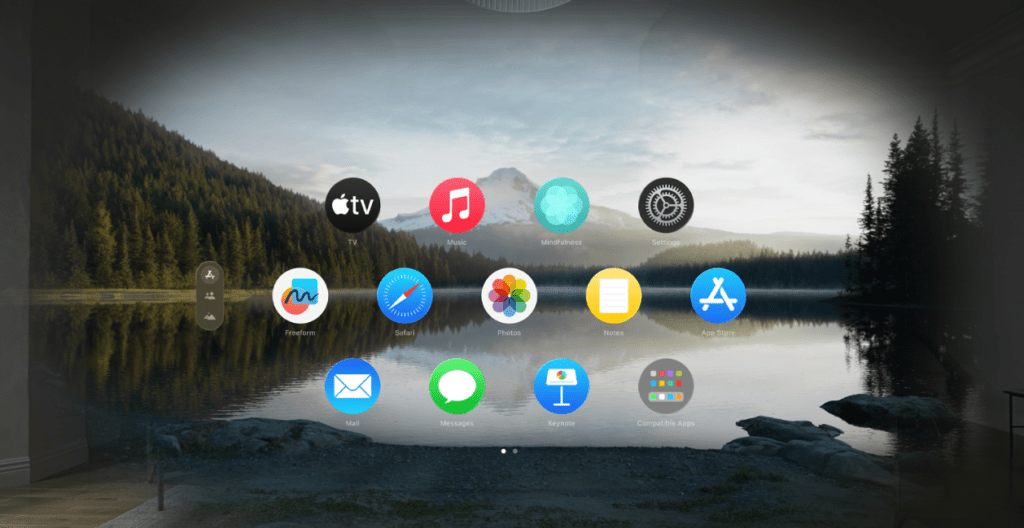
The most straightforward approach for linking Vision Pro to a computer is through a wired USB connection. Much like connecting a smartphone to transfer files, Vision Pro can potentially interface with PCs using a physical USB-C or Lightning cable.
This offers the simplicity of plug-and-play connectivity for people comfortable with their Windows or Mac environments. Drivers may need installation for first-time linkage, but from then on, it functions like any USB gadget.
Once connected via USB, the Vision Pro file system containing settings, apps, health data and more should show up on the host computer. Pending app support, it may then be possible to access and modify Vision Pro applications right from the computer.
The downsides are the need to have the Vision Pro physically tethered to the PC during use. Also, supporting the necessary drivers on the computer side may prove challenging pending final Vision Pro hardware specs. Nevertheless, direct USB linkage would provide the most straightforward PC connectivity solution.
WiFi and Bluetooth Connections
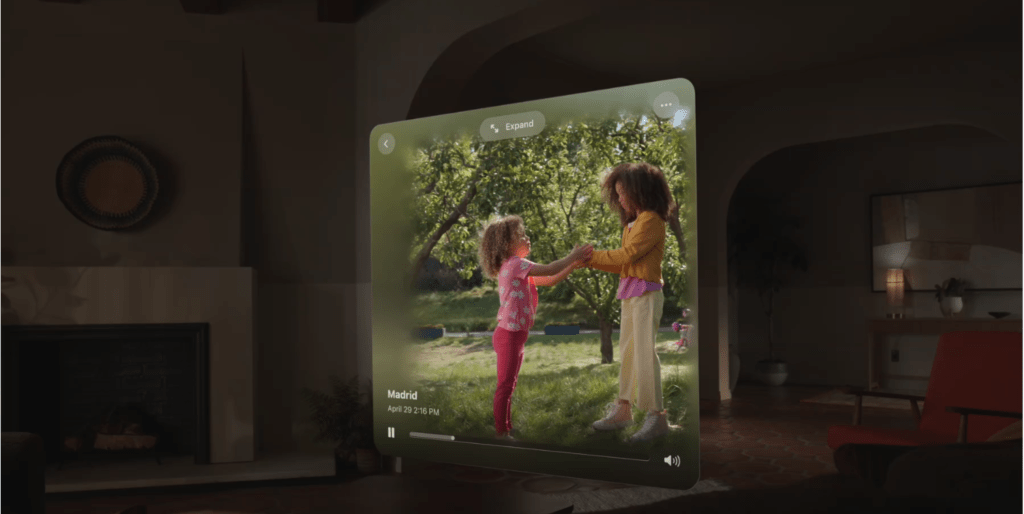
Another promising connectivity option is over local wireless networks. Modern PCs and mobile devices can easily link up via protocols like Bluetooth and WiFi. Support for these wireless mechanisms could let Vision Pro talk to nearby computers without cumbersome cables.
How this may work is by first pairing the Vision Pro to the target computer using Bluetooth in much the same way wireless headphones or keyboards connect. This creates a trusted device relationship. Vision Pro can then interface with the paired computer automatically each time it’s worn within wireless range.
For managing larger data transfers, WiFi may come into play. This allows moving files, installing apps, reviewing diagnostic data and managing device settings wirelessly from the governing computer. Compared to USB, wireless affords more flexible use across multiple trusted PCs within range.
Potential drawbacks center around technical challenges. Smooth device-to-PC wireless interoperability involves proper antenna integration, chipsets, drivers, encryption, and more on both pieces of hardware. If the components don’t play well together, latency, security and compatibility issues may arise.
As such, wireless PC connectivity relies heavily on the engineering behind Vision Pro and its computer vision stack. But if executed well, Bluetooth and WiFi options offer an appealing cable-free linkage approach.
Cloud-Based Solutions

Finally, some method of cloud syncing between Vision Pro and trusted PCs may be possible. This could involve logging into a unified cloud account that spans both the glasses and various secondary devices like computers.
Once signed into this cloud account, certain data and settings may persistence across the hardware ecosystem. This allows portable access to personalized Vision Pro customizations from any internet-connected device.
What may make most sense is syncing user-installed apps to the cloud rather than entire system files. This permits accessing the same apps on Vision Pro, governing smartphone and connected PCs without redundantly installing them on each device. It also enables roaming access to user-generated app data.
Certain privacy precautions around sharing health data would need addressing. But used properly, cloud syncing introduces useful continuity across devices and locations based on user identity.
It also sidesteps some technical challenges of direct wireless connectivity. Vision Pro essentially just acts as another display and input device linked to cloud-streamed apps. This lightens demands on internal hardware and drivers.
Of course, reliably accessing cloud services requires internet connectivity which can’t always be assumed with wearables like Vision pro designed for high mobility. So direct wireless solutions still hold relevance alongside cloud offerings.
Does Vision Pro connect to PCs via Bluetooth?
Can I transfer prescription package files from my computer to Vision Pro?
Is a persistent internet connection required for Vision Pro PC connectivity?
What Windows versions are supported for connecting with Vision Pro?
Conclusion: Can Vision Pro Connect to PC?
In summary, This is answer of the question “Can Vision Pro Connect to PC?”- Vision Pro may absolutely connect with traditional PCs through various mechanisms to enhance functionality. Each approach has its own merits and limitations regarding technical feasibility.
For uncomplicated setup with maximal internal access, wired USB linkage seems most practical. This treats Vision Pro like any peripheral for direct integration with the operating system. Wireless Bluetooth and WiFi connectivity enables cable-free convenience but depends more heavily on engineering considerations. Cloud syncing also holds promise for hardware-agnostic continuity but leans on external infrastructure.
In all likelihood, employing a combination of these connectivity options makes the most sense. Direct USB linkage for initial configuration and data transfers remains essential. Ongoing wireless connectivity introduces portability around trusted devices. And cloud functionalities deliver ubiquitous access linked to user identity.
Together, these mechanisms for connecting Vision Pro smart glasses to PCs provide expanded utility maximizing personalization and accessibility. This complements the self-contained stand-alone capabilities equally well. With technology improving daily, Vision pro is sure to offer interconnectivity with popular computing platforms using proven methods already familiar to customers.
The path ahead remains open for innovation. But existing connectivity standards already make extending Vision Pro through desktops and laptops highly achievable pending intent and execution from product makers. Interested consumers can anticipate seamless integration of the vision-enhancing wearables with their primary computing hardware.

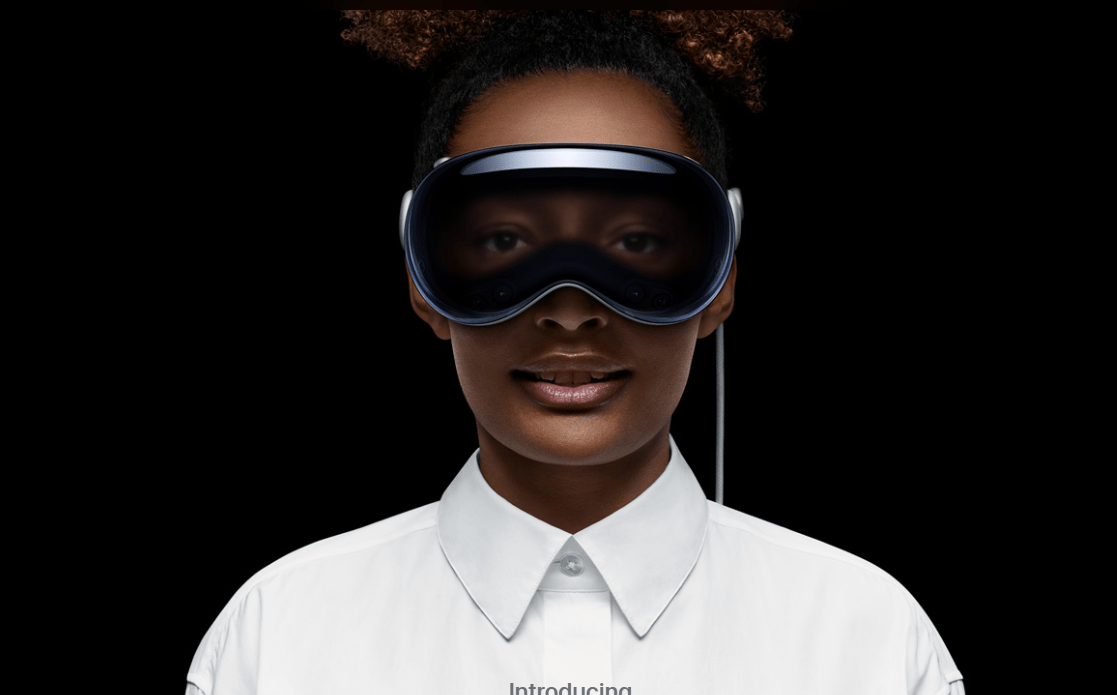



[…] has been long-rumored to be working on a high-end consumer VR/AR headset currently known as Apple Vision pro. As Apple’s first device in this market, it is expected to leverage the company’s […]